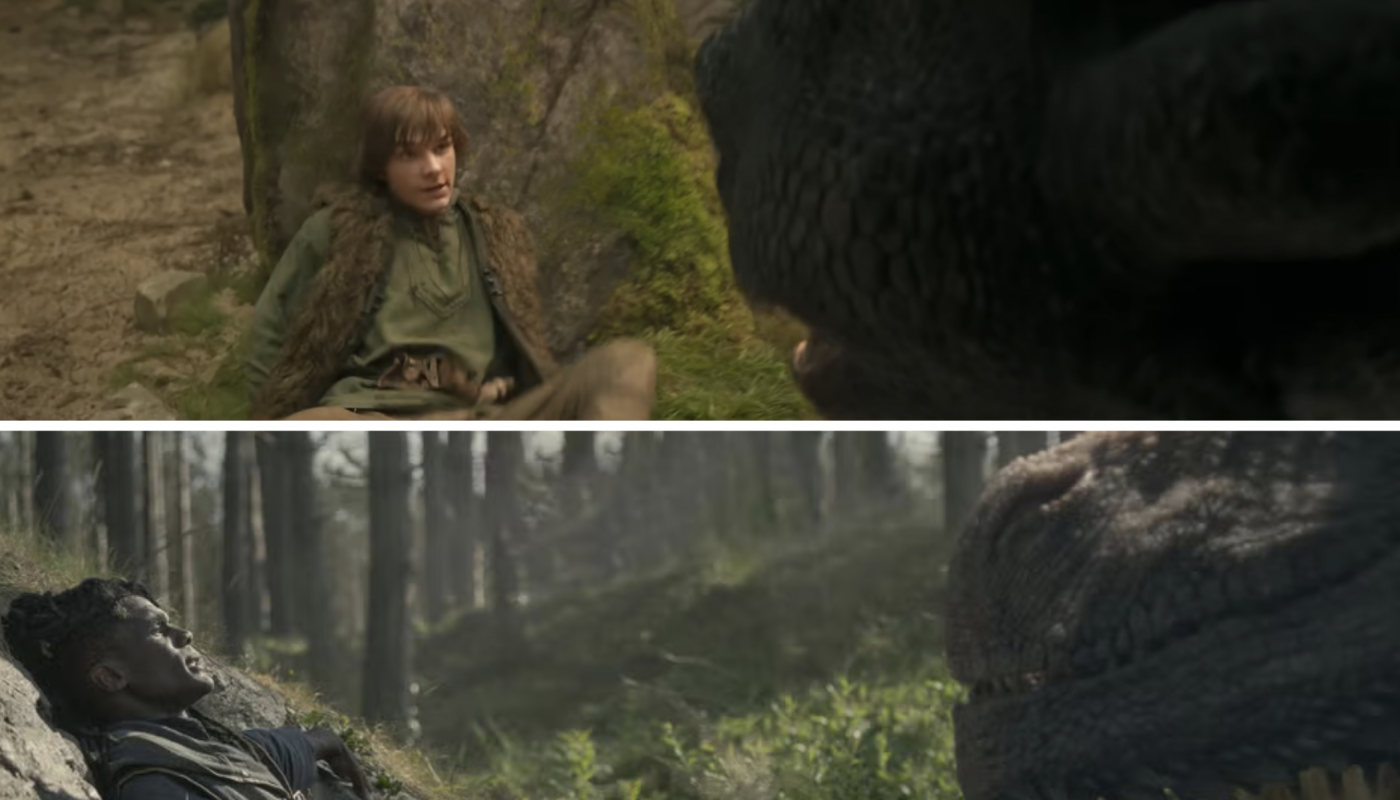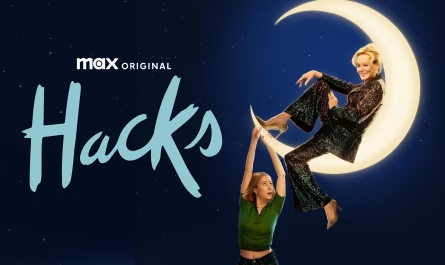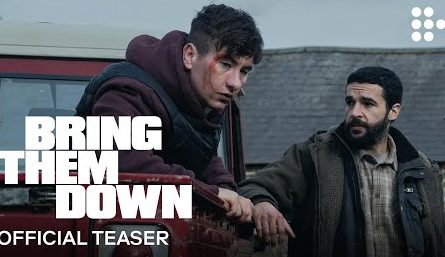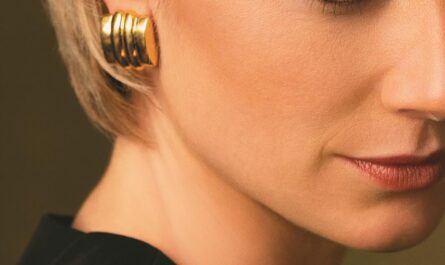What are Cinematic parallels?
Cinematic parallels refer to the visual and narrative similarities between different films, shots, or scenes. They can be intentional, for example, when directors and filmmakers pay homage to another movie or scene, or they can be unintentional when similar ideas and compositions appear through different works.
They involve framing, lighting, and camera movement. Narratively, they tend to communicate a similar message or emotional expression, often through character archetypes, plot structures, and themes.
Some films get inspiration from others, and they borrow elements, consciously or unconsciously, showing similarities in visual style or structure. For example, recurring motifs can help us identify cinematic parallels. They suggest a shared cultural or artistic sensibility. Cinematic parallels help connect films through visual and narrative repetitions, they enrich the audience’s experiences, and they can also contribute to a deeper understanding of the same topic. They also highlight how cinematic storytelling is inevitably interconnected.
For example, when I was watching How to Train Your Dragon (2025), I couldn’t stop thinking about the similarities it has with House of the Dragon (2022), Game of Thrones (2011), and obviously, the animated version. After looking at similar framings and actions, I felt like similar messages and emotions were conveyed. For example, when Hiccup is chased and cornered by Toothless. That scene had the same energy and intention as Addam of Hull confronted by Seasmoke. The emotions were also the same, each boy is afraid, and each dragon is aggressive, but soothed by curiosity for contact.
Bonding
When Hiccup touches Toothless for the first time, there is a spark, the beginning of a new bond. I felt the desire for connection from each character: keen on complicity and camaraderie. That same feeling emerges when Jon Snow touches Drogon, this time a fantastic sentiment because we learn he’s, in fact, a Targaryen and heir to the throne. They are both strong and carry a confident aura.
A more compelling touch is when Rhaenyra approaches Vermithor. He is one of the most powerful and feared beasts, known as the “Bronze Fury” for his devastating attacks. Only ridden by King Jaeherys I, his visual contact with Rhaenyra provides a feeling of controlled trust, perhaps respect too. Why did he allow Rhaenyra’s touch? Due to sharing the same blood and personality: strong, calculating, fierce, and intelligent. This is also a cinematic narrative parallel. Dragons and their riders share the same essence and personality. Sort of a “You are me; I am you”.
Freedom
While dragons are often used as military weapons or bullet vehicles, their riders also love them as part of their own. Due to the deep and emotional bond they have, they are perceived as intelligent allies, if not extensions of the riders. They are given the importance and consideration of an important family member. In that sense, I think when the riders are struggling with personal issues, they fly with their dragons. It seems like an attempt to meditate and reconnect with their own selves. Almost like when one goes for a walk after a stressful day. Riders enjoy the freedom of travelling through the skies and contemplating the beauty of the Earth, like a cathartic experience.
Vigilant
As smart beasts, dragons are very powerful. They calculate their opponents’ moves and laser focus on everything around them. They have incredible spatial awareness, and their sense of smell helps them perceive who is near and what their intentions are.
Death is a Constant Risk
As a dragon rider, falling from the skies is very likely. Just like Hiccup, every Targaryen must bond with their dragons and then learn how to ride them. Most importantly, they must learn how to communicate through the connection they’ve established. Once they synchronize, they can prepare for battle, but getting attacked by their opponents is, yet again, very probable. When dragons and their riders fall from the sky, it can be very upsetting. We experience the tension from the battle and then the sadness from the loss. In How to Train Your Dragon and House of the Dragon, Hiccup and Aegon fall from the skies wrapped between their dragons’ wings. Both scenes are very emotional, and then a sense of relief comes when it’s revealed that both characters are heavily injured, but alive.
Credits
Game of Thrones. HBO Entertainment. Television 360. Grok! Studio (Grok! Television). Generator Entertainment. Bighead Littlehead. (2011).
House of the Dragon. 1:26 Pictures. Home Box Office (HBO). Marzano Films. Aerial Filming and Coordination. (2022).
How to Train Your Dragon. Universal Pictures. DreamWorks Animation. Marc Platt Productions. Film in Iceland. Canada Audio Visual Tax Credit. Northern Ireland Screen. Northern Ireland Film. (2025)





